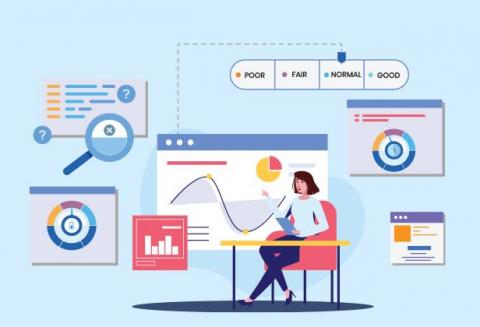ITOM vs ITSM
Is it important to your customer to understand the distinction between IT Operations Management (ITOM) and IT Service Management (ITSM)? Most likely not. Your customers are only concerned with how quickly you solve their problems. It makes no difference to them which application or infrastructure you use. So why should you, as an organization, be concerned about the meaning of these concepts, how they align, how they differ, and why they matter?











